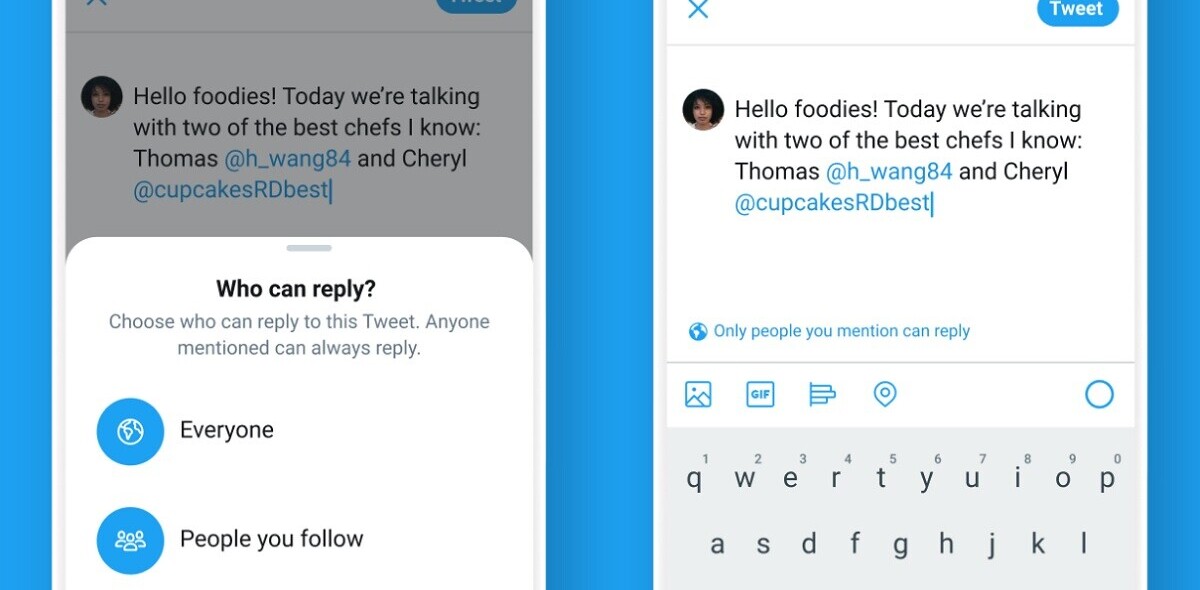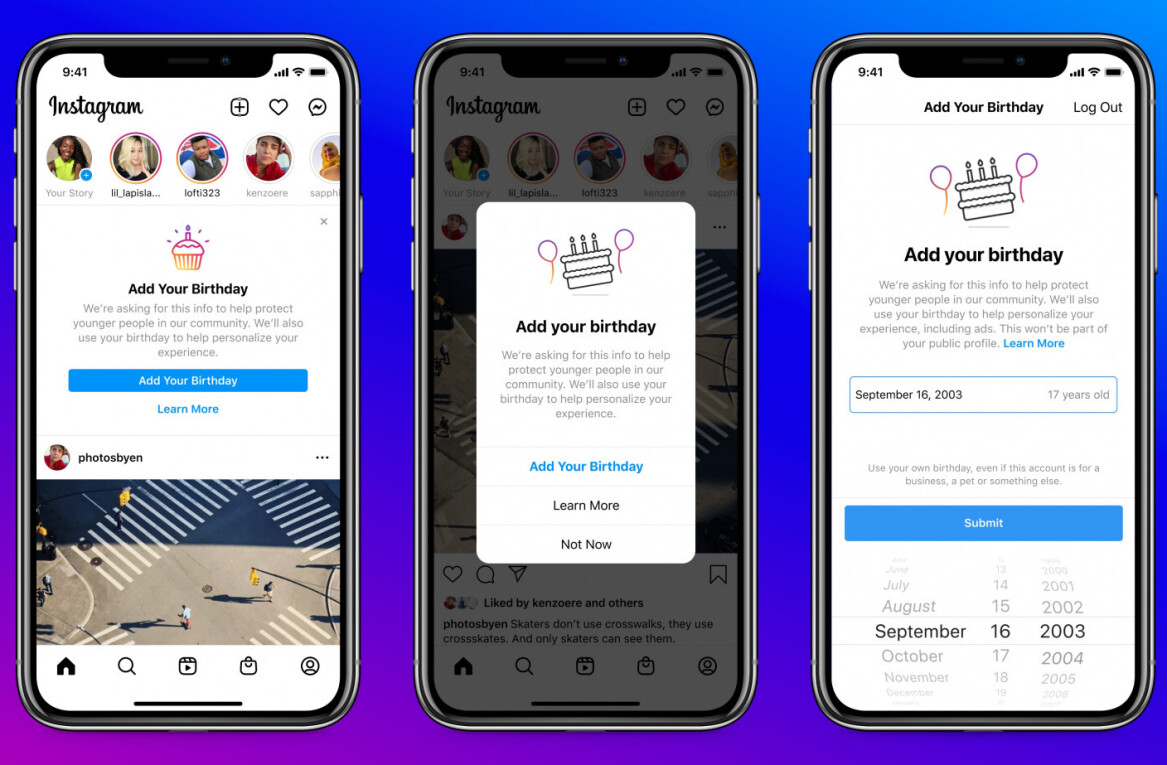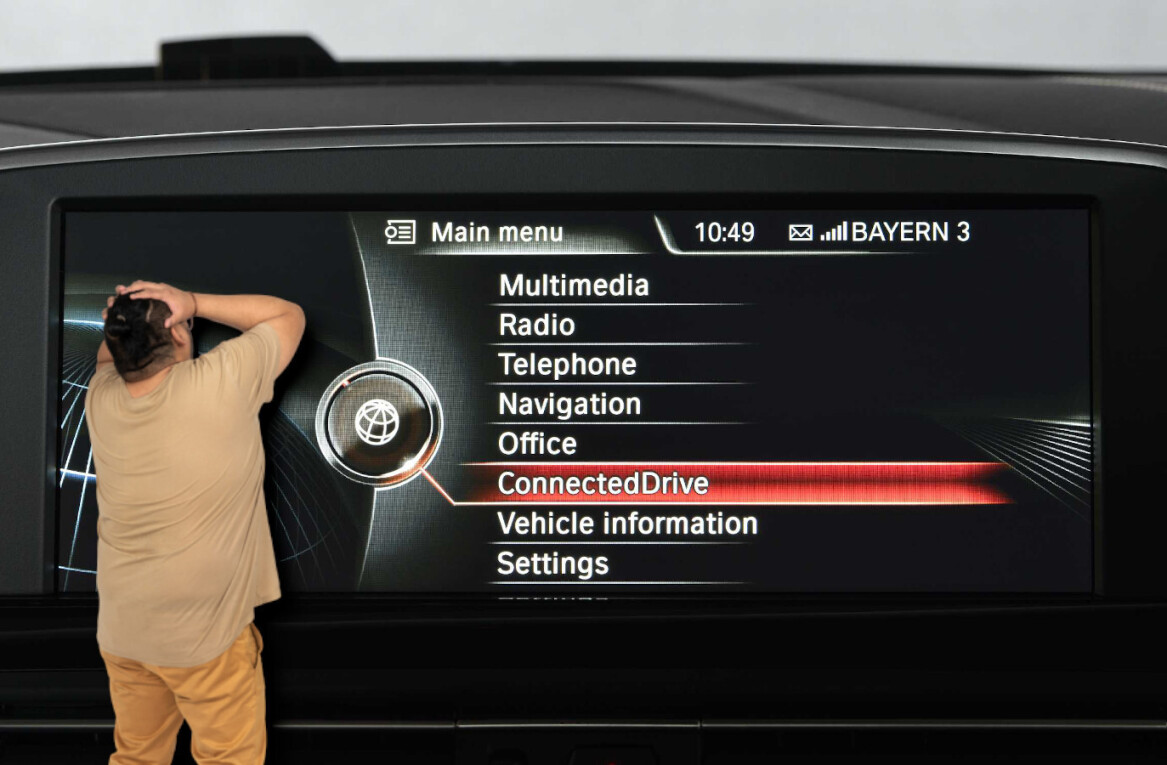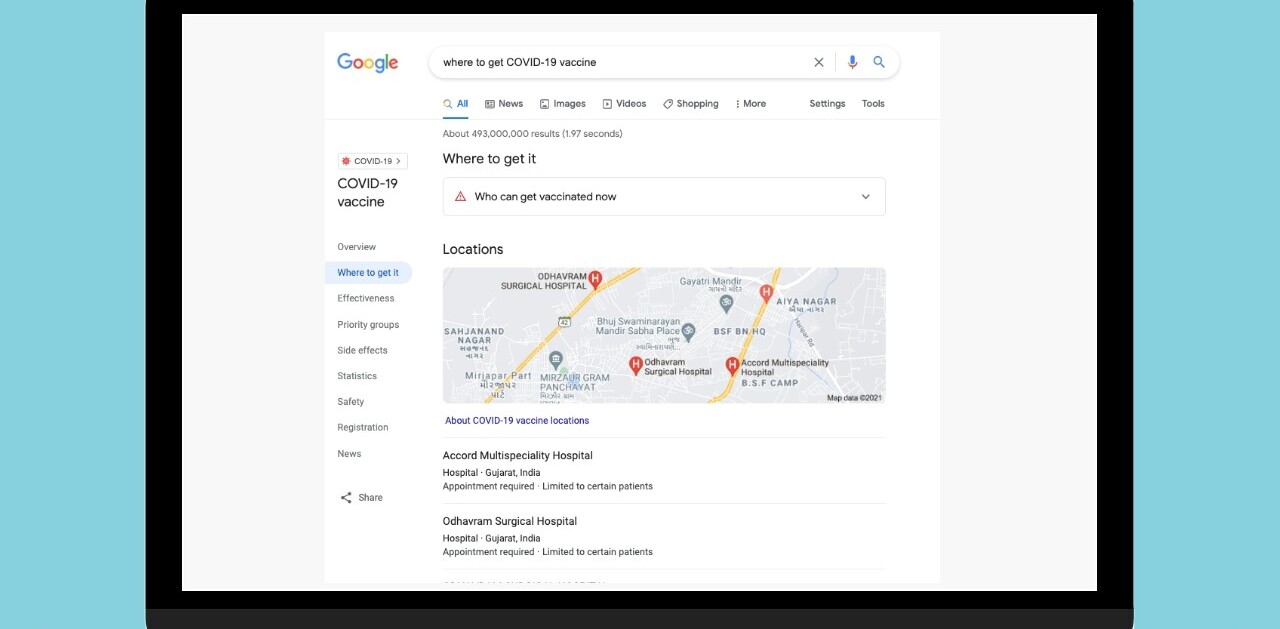
Does anyone actually know what it means to be a copywriter in the digital age? Each and every day, a wave of ecommerce shoppers, avid article readers, and tech-tool consumers flood the internet, usually enticed to visit landing page after landing page by copywriters who have targeted them with ongoing determination.
The truth is, a copywriter is more than just your average writer, journalist, or advertiser; to be a copywriter in the digital age requires great attention to detail, a creative or “outside of the box” thought process, and the ability to grab the attention of a reader with a single sentence. A copywriter knows what it takes to get a customer who just heard about a product to take out their credit card and buy it, just after spending a few minutes on a website. This is a rare skill to possess.
Get into their “Glass Case of Emotions”
So, what are the secrets to successful copywriting? To start, dig deep down inside and cultivate a sense of empathy. That is, if you want to be the best copywriter you can. Effective marketing or advertising requires that you cast aside your own thoughts and emotions, while channeling the thought process or behavior of the target customer or a wider demographic.
A true copywriter of the digital age is one who is able to precisely gauge how a customer feels, behaves based on emotion, and is able to voice out their customer’s value system. This makes the customer feel understood.
Once you are able to do this, the product or service being sold to the online republic will exude mass appeal, drawing in those shoppers, readers, and webtool enthusiasts you’re after. No one likes to feel misunderstood or as if there isn’t a single company, brand, or publication out there who can’t speak to them personally.
Measuring and understanding what a target values most or what their likes or interests are is vital to marketing success. Invoke emotion by identifying what gets your target crowd excited, regardless of your own personal beliefs.
Once you’ve harnessed that sense of empathy within yourself, it’s alright to check out what modern technology has to offer you, too (as a side piece, you know). Many companies today are taking advantage of analytics in order to connect with customers emotionally.
Integrating a powerful analytics tool gives you a greater sense of their readership levels, and overall engagement. This use of analytics allows copywriters to create valuable experiments that can be measured accurately and can help identify what readers are responding to.
Make your headlines “Extra! Extra!”
Next, you’re going to want to strengthen your headline skills. A good way to do this and see results at the same time is by creating a split test environment where you can test multiple headlines rotating at the same time.
By testing different headlines at once, you can compare results against one another, proving once and for all which ‘angle’ or idea they are responding to the best. Statistical significance is important and therefore, you want as much traffic as possible to get results you can scale.
On average, you should write at least 30 headline ideas for every article. Then pick out the best from those. To become the Grand Puba of headline creation, take some time to yourself and do some creative writing exercises. Focus on exercises that expand your use of synonyms, adjectives, and verbs. Study other great copywriters such as Gary Halbert. Expanding your repertoire of synonyms will prevent you from writing the same headlines repetitively.
Also try to incorporate drama and emotion into your stories. Adjectives are the most tempting ingredient in any headline recipe when it comes to grabbing and retaining the attention of a target customer. Brushing up on your verbs will only help you enhance your call to action in any headline you jot down. For copywriters out there looking to challenge themselves, I suggest The Writer’s Digest 12-Day Plan of Simple Writing Exercises.
Feel the “FOMO”
This next secret to successful copywriting is a simple one, one that may also be exclusive to millennials in the industry. Break your target audience down with FOMO – the “fear of missing out.” Let them know that what you offer is not going to be around forever.
Incentivize them by offering limited time offers. Incorporate countdown timers. People tend to respond to urgency very well on the internet. Make it fun and exciting for them to buy.
Get controversial with cognitive dissonance
It’s essential to test headlines that represent or symbolize how your customer views the world. Create headlines with this mission in mind, while making an effort to subconsciously appeal to their personal values or beliefs… or just go ahead and challenge them.
This is where psychology and copywriting meet; it’s called the implementation of cognitive dissonance. This classic emotional trigger, used by many marketing companies worldwide, almost instantly attracts readers by identifying a strong, personal feeling or idea, and drawing them into a landing page by subtly objecting to it in a headline. This copywriting secret, in all honesty, is just simply stirring the pot.
The biggest secrets to strong, digital copywriting in today’s advertising and marketing industries are lined with optimal headlines creation, the use of “emotification,” and channeling the emotions and behaviors of your audience, for better and for worse. Sometimes, talking about two things that make no sense together in a headline can get people clicking and wanting to find out more. The challenge is then to keep them reading after that.
The truth is, creating a compelling headline that grabs a customer’s attention without hesitation is a skill that needs to be cultivated. However, this skill is easily accomplished with practice. It takes about 30 headlines to write a good one. Take the initiative and flirt with some headline experimentation (in large quantities!), subtle psychological influence, and if you are buying ads to test your idea, use an analytics platforms to see a difference in your writing strategy.
Get the TNW newsletter
Get the most important tech news in your inbox each week.




